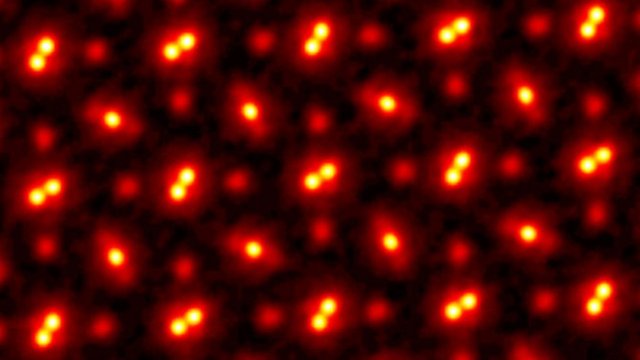(May 20, 2021; Cornell Chronicle)
In 2018, Cornell researchers built a high-powered detector that, in combination with an algorithm-driven process called ptychography, set a world record by tripling the resolution of a state-of-the-art electron microscope.As successful as it was, that approach had a weakness. It only worked with ultrathin samples that were a few atoms thick. Anything thicker would cause the electrons to scatter in ways that could not be disentangled.
Now a team, again led by David Muller, the Samuel B. Eckert Professor of Engineering, has bested its own record by a factor of two with an electron microscope pixel array detector (EMPAD) that incorporates even more sophisticated 3D reconstruction algorithms.
Read the rest from Cornell Chronicle : Cornell researchers see atoms at record resolution
)

This article addresses the published work, but I was interested in more about the technique this article references briefly when it describes blurring the image to .... get a sharper image.
Typically, I'd read the paper, but I haven't taken the time yet. I found an article from last year that might explain the technique more accessibly, and posted it in this community as well: https://steemit.com/hive-160342/@primevaldad/when-imaging-atoms-blurrier-is-better
So, there's the major change they made between 2018 when they first employed the technique, and the refinements they've made since that has created the improvements in the final resulting images.
Downvoting a post can decrease pending rewards and make it less visible. Common reasons:
Submit